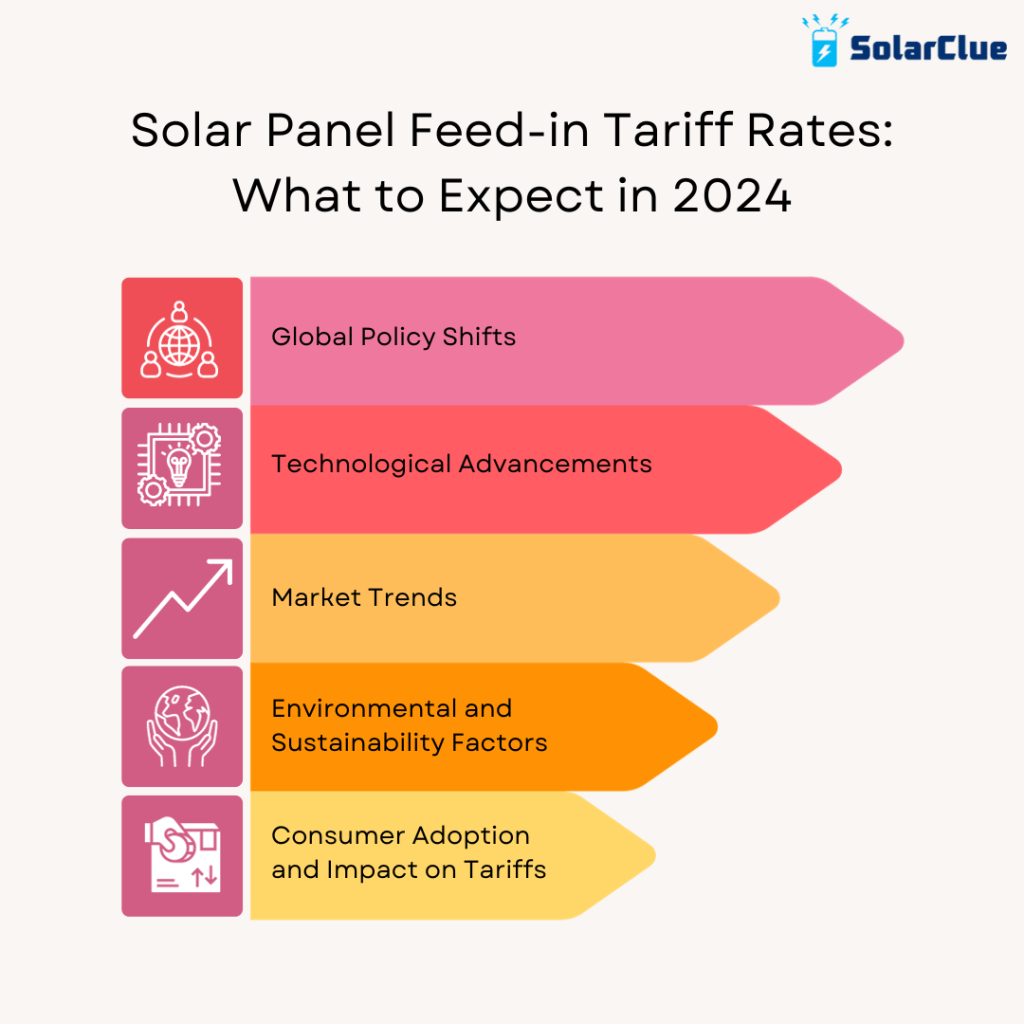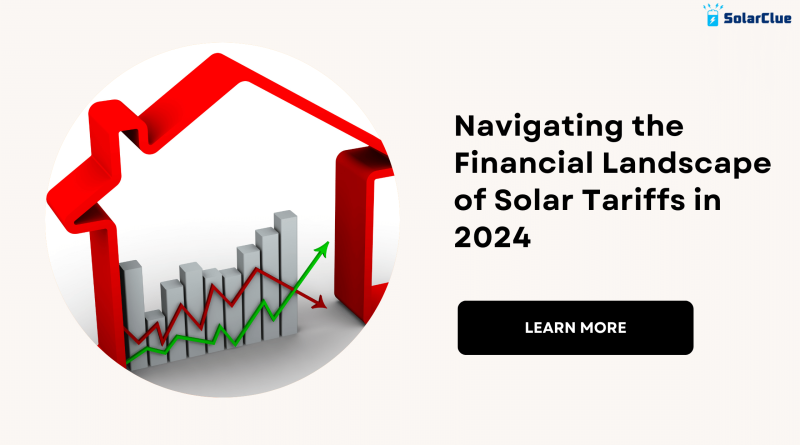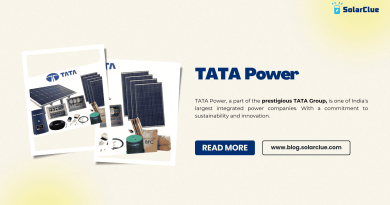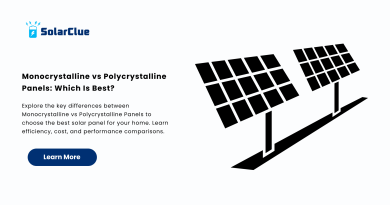Solar Panel Feed-in Tariff Rates: What to Expect in 2024
Moreover, solar energy remains a pivotal focus for sustainable living, and gaining a comprehensive understanding of the feed-in tariff rates landscape is essential for those committed to harnessing the power of the sun. Looking forward to 2024, substantial changes in solar panel feed-in tariff rates are on the horizon. Within this blog, we will delve into the unfolding dynamics of these rates, providing valuable insights and predictions for the upcoming year.
Table of Contents
Understanding Feed-in Tariffs
Feed-in tariffs (FiTs) play a crucial role as a financial mechanism strategically crafted to encourage the widespread adoption of solar panel installations. Essentially, these incentives act as a catalyst, empowering solar panel owners to not only contribute to the grid but also receive compensation for the electricity they generate. Operating within the framework of a long-term contract, FiTs establish a mutually beneficial arrangement between the electricity supplier and the solar panel owner. This contractual framework ensures a consistent and reliable flow of financial benefits, creating a sustainable and attractive environment for those embracing solar energy.
Feed-in tariffs serve as a pivotal tool, offering substantial financial incentives to those adopting solar energy. By compensating solar panel owners for electricity generation and export, they establish a reliable income stream, fostering not only economic viability but also environmental responsibility. This financial boost, coupled with fixed tariff rates, ensures a predictable return on investment, significantly enhancing the attractiveness of solar projects.
Beyond individual benefits, feed-in tariffs actively propel the global transition to renewable energy. Governments strategically employ these incentives to encourage widespread clean energy adoption, thereby reducing emissions and combating climate change. Moreover, embracing tariffs not only supports sustainability but also actively promotes energy independence, contributing to the creation of resilient and self-reliant communities.

Global Policy Shifts:
Governments across the globe are intensifying their commitment to renewable energy. Additionally, emerging policies favoring solar initiatives are poised to have a positive impact on feed-in tariff rates. According to the International Renewable Energy Agency (IRENA), there is a significant prediction of an increase in solar-friendly policies on a global scale.
Technological Advancements:
Progressive strides in solar technology continue to elevate overall efficiency. Additionally, enhanced energy storage solutions contribute to a more reliable and stable solar grid. Furthermore, industry experts anticipate a surge in solar panel efficiency, potentially influencing tariff rates.
Market Trends:
The solar market is experiencing a heightened demand for clean energy alternatives. Moreover, growing consumer interest in sustainable practices is likely to exert an influence on tariff structures. Additionally, market analysis suggests an upward trajectory in solar adoption, impacting tariff expectations.
Environmental and Sustainability Factors:
Increasing environmental consciousness is steering policy decisions worldwide. Furthermore, solar energy’s minimal environmental impact positions it favorably in policy considerations. Furthermore, the reports consistently underscore the pivotal role of sustainability in determining tariff rates.
Consumer Adoption and Impact on Tariffs:
Consumer choices wield a substantial influence in shaping the solar energy landscape. Furthermore, projections indicate that higher consumer adoption rates will drive tariff adjustments. According to surveys, there is a growing preference for solar energy among consumers, significantly impacting tariff expectations.
How Do Feed-in Tariffs Work?
To understand how feed-in tariffs work, let’s break it down into three key components:
1. Generation Tariff: This is the amount paid to solar panel owners for each unit of electricity they generate. The rate is fixed and guaranteed for a specific period, usually around 20 years. Furthermore, the government calculates this tariff based on several factors, including the type of renewable energy source, the system’s capacity, and the prevailing energy market conditions.
2. Export Tariff: In addition to the generation tariff, solar panel owners can augment their financial returns by receiving payment for surplus energy exported back to the national grid. This export tariff, functioning as an additional financial incentive, serves to further amplify the overall return on investment for solar panel installations. This dual tariff system not only encourages sustainable energy production but also enhances the economic viability of solar projects, providing an additional layer of financial benefit for conscientious solar panel owners.
3. Energy Bill Savings: Besides the generation and export tariffs, solar panel owners enjoy the added advantage of reduced energy bills. By generating their electricity, they can rely less on the grid, resulting in substantial savings on electricity costs. Additionally, this dual benefit not only contributes to financial gains through feed-in tariffs but also underscores the broader advantages of sustainable energy practices. Now, let’s delve into the specific advantages of feed-in tariffs.
Advantages of Feed-in Tariffs
Feed-in tariffs offer several advantages that make them an attractive option for solar panel owners:
Financial Incentive: By receiving payments for the electricity they generate and export, solar panel owners can earn a reliable income stream, including energy bill savings. This dual financial benefit not only supports the economic viability of solar investments but also encourages broader participation in sustainable energy practices.
Return on Investment: The long-term fixed tariff rates offered by feed-in tariffs guarantee a return on investment for solar panel installations. Additionally, this predictable and stable financial return enhances the appeal of solar projects, making them an attractive and feasible option for individuals and businesses alike.
Renewable Energy Adoption:
Feed-in tariffs play a vital role in driving the transition towards renewable energy sources, reducing greenhouse gas emissions, and combating climate change. By providing a financial incentive, additionally governments actively promote the adoption of clean energy, contributing to a more sustainable and eco-friendly future.
Energy Independence:
Generating electricity through solar panels allows individuals and businesses to become more self-sufficient, relying less on the grid and contributing to a decentralized energy system. This shift towards energy independence not only ensures a more resilient energy infrastructure but also aligns with the broader goal of fostering sustainable and self-reliant communities.
Conclusion:
Ready to embrace the solar revolution and unlock the full potential of feed-in tariffs for your solar panels? Look no further than Solarclue®, your trusted partner in sustainable energy solutions.
Why Solarclue®?
- Expertise: Our team at Solarclue® boasts extensive knowledge in the solar energy landscape.
- Transparency: We believe in transparent practices, ensuring you have all the information you need.
- Tailored Solutions: From residential to commercial needs, our solutions are customized to fit your requirements.
Take the Next Step:
- Explore Your Options: Discover the feed-in tariff rates available in your country or region.
- Consult with Us: Reach out to Solarclue® for personalized insights and guidance tailored to your specific situation.
- Embrace Sustainability: Join the global movement towards a greener and more sustainable future by investing in solar energy.
Contact Solarclue® Today!
Embark on a journey towards a brighter, more sustainable future by empowering yourself with the financial benefits and assurance that feed-in tariffs offer. Take the initiative to become an active participant in the global transition to cleaner energy sources. Contact Solarclue® today, and together, let’s pave the way for a more sustainable tomorrow.
Ready to make the switch? Contact us at Solarclue.com. Take the first step towards a greener tomorrow!
Frequently Asked Questions
A feed-in tariff, a financial incentive offered by governments, aims to encourage the adoption of solar energy. This mechanism enables individuals or businesses to sell excess electricity generated from solar panels back to the grid at a predetermined rate.
Feed-in tariffs not only offer financial benefits through guaranteed payments for generated electricity but also actively promote the utilization of renewable energy sources. This dual impact contributes significantly to creating a more sustainable and eco-friendly energy landscape.
No, feed-in tariff rates exhibit variations from one country to another and even within regions. These rates are influenced by factors such as government policies, energy demand, and the broader landscape of renewable energy.
To determine feed-in tariff rates, it is advisable to research your country’s energy policies and regulations or consult with local energy authorities. Moreover, solar energy companies such as Solarclue® often furnish updated information on feed-in tariffs.
Eligibility for feed-in tariffs is frequently contingent on the size and capacity of the solar panel system. Specific regions may impose limits, making it essential to check and adhere to local regulations.
Certainly, businesses can derive benefits from feed-in tariffs. These tariffs serve as an additional revenue source for companies with solar panel installations, making it financially advantageous to invest in renewable energy.
Surplus electricity is usually fed back into the grid, enabling you to receive compensation through feed-in tariffs. This mechanism allows you to earn money from the excess energy produced by your solar panels.
Feed-in tariffs are predominantly linked to solar energy but may extend to other renewable sources such as wind or biomass. However, specific policies vary, with solar panels being a common focus due to their widespread use.
Feed-in tariffs can vary in duration, contingent on government policies. Some are structured for a set number of years, while others may have more extended periods. It’s crucial to stay updated on policy changes to comprehend the long-term implications.
Feed-in tariffs provide a secure income by guaranteeing payment for generated electricity. They also encourage renewable energy use, contributing to a greener and more sustainable energy landscape.




